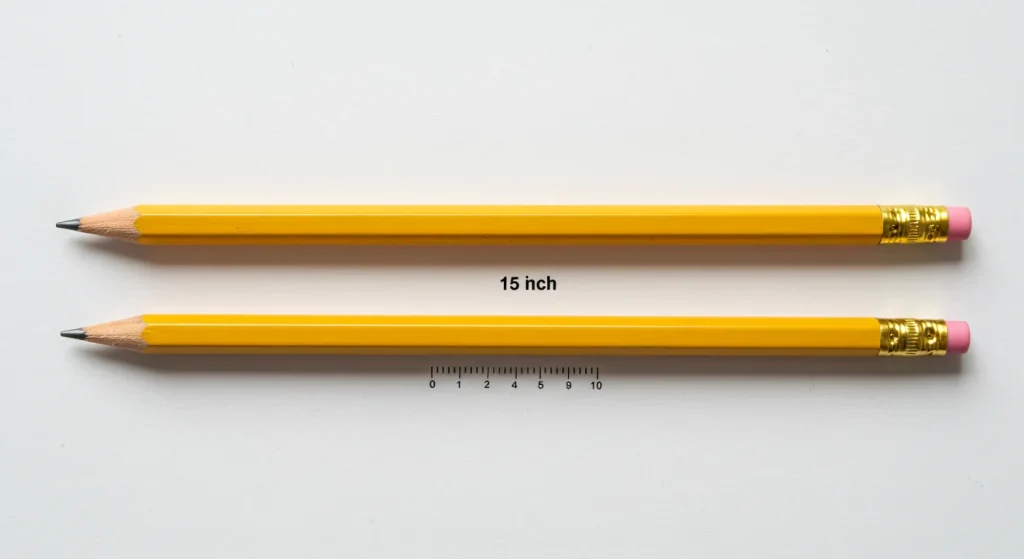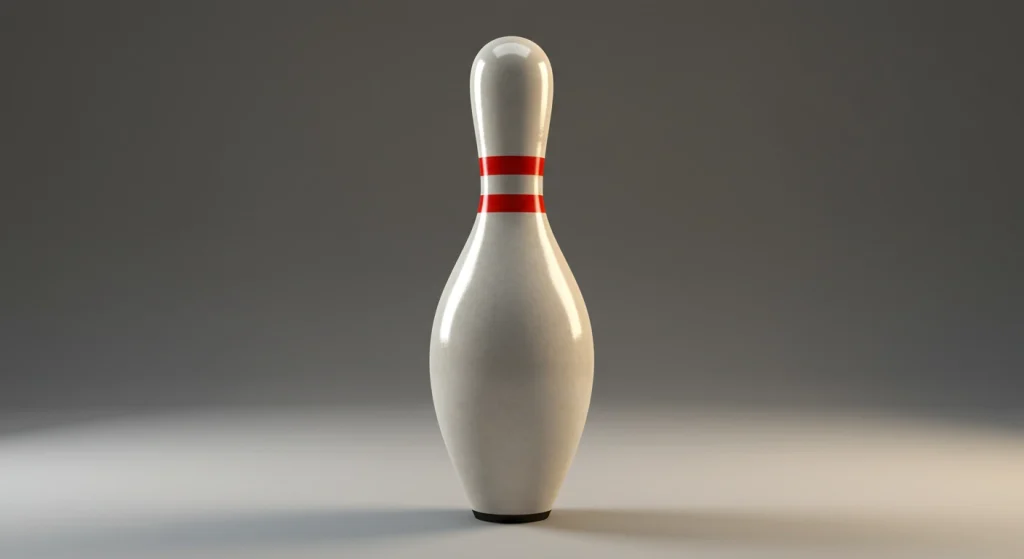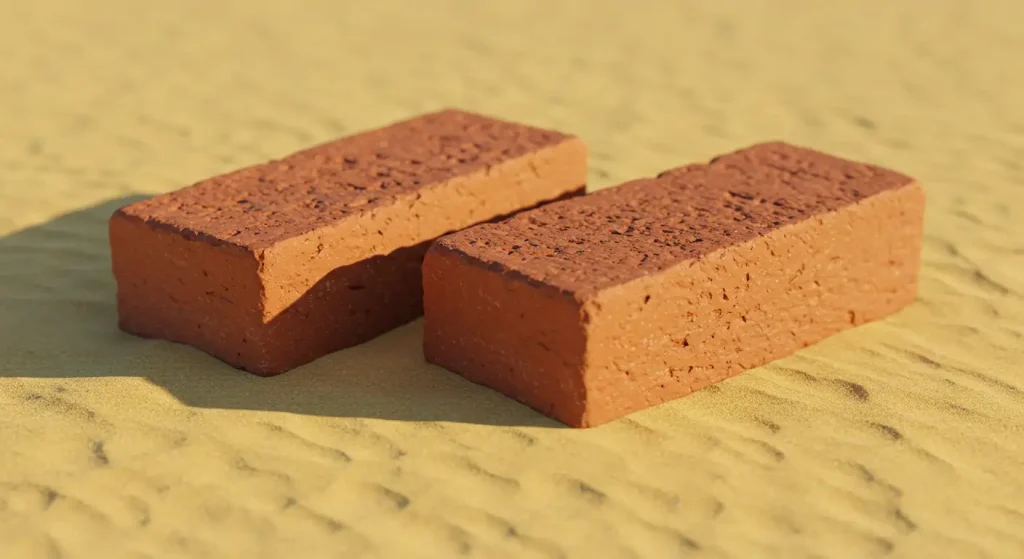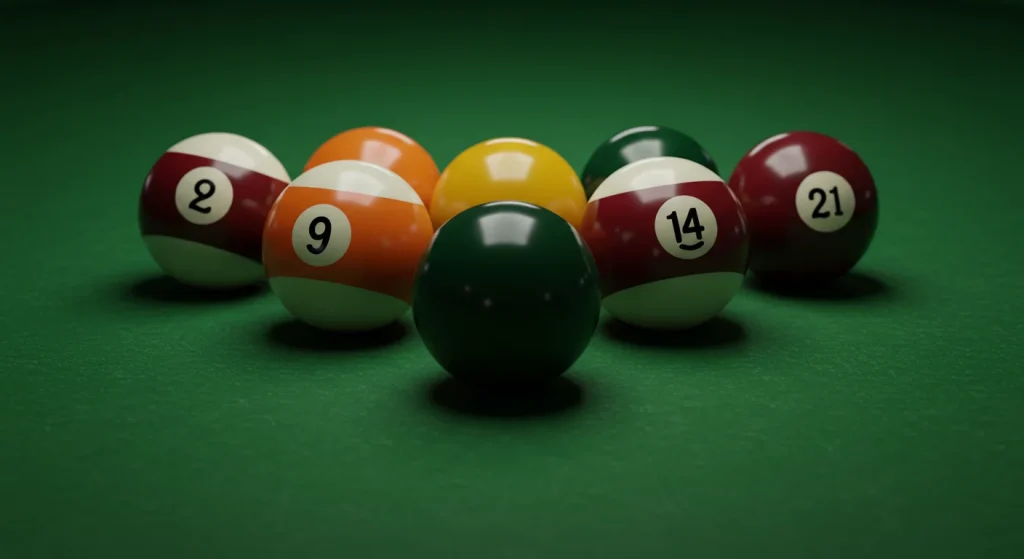Are you curious about what 15 inches looks like in real life? This measurement shows up everywhere. You see it in your laptop at work. You find it at the bowling alley. You use it in countless daily activities.
Fifteen inches strikes the perfect balance. It’s big enough to be useful. It’s small enough to handle easily. Most people can’t picture measurements without help. That’s where everyday objects save the day.
You don’t need to guess anymore. You don’t need to hunt for a ruler. Just use familiar items around you. A laptop screen measures about 15 inches. Two pencils placed together reach this length. Six credit cards lined up do the same.
These common objects make numbers real. They turn measurements into things you can see and touch. Let’s discover eleven everyday items that will help you master this measurement.
How Long is 15 Inches?
15 inches equals 1.25 feet or about 38 centimeters. This measurement sits comfortably between a foot and a foot and a half. Picture the distance from your elbow to your wrist – that’s close to 15 inches for most adults.
This length appears in many household items and tools we use daily. It’s long enough to be substantial but short enough to handle easily. Many manufacturers choose this size because it balances functionality with portability.
Understanding 15 inches helps in shopping, crafting, and home improvement projects. You can use this knowledge to estimate spaces, compare products, or plan layouts. It’s a practical measurement that bridges the gap between smaller and larger objects in our daily lives.
| Measurement | Equivalent |
|---|---|
| 15 inches | 1.25 feet |
| 15 inches | 0.42 yards |
| 15 inches | 38.1 centimeters |
| 15 inches | 381 millimeters |
11 Everyday Items That Measure 15 Inches
11 Common Things That Are 15 Inches Long
Now comes the fun part. We’ll discover everyday items that measure exactly 15 inches. You can find these objects around you right now.
These items will become your best friends. They help you estimate measurements quickly. You won’t need a ruler anymore.
1. Two Standard Pencils

Two regular pencils placed end to end measure exactly 15 inches. A standard pencil is 7.5 inches long, making this combination perfect for our measurement. Most people have pencils lying around, making this an easy reference point.
Pencils have maintained this standard length for decades across different brands and countries. The consistency makes them reliable measuring tools in a pinch. Teachers often use this comparison to help students visualize measurements during math lessons.
You can find pencils in desks, backpacks, and office supplies everywhere. This makes them one of the most accessible 15-inch references available. The next time you need to estimate 15 inches, just grab two pencils and line them up.
2. Standard Laptop Computer

Most standard laptops measure about 15 inches diagonally across their screens. This screen size strikes the perfect balance between portability and usability. It’s large enough for comfortable work but small enough to carry easily.
The 15-inch laptop has become the most popular size for personal computers. Students, professionals, and casual users all gravitate toward this dimension. It fits well in most laptop bags and backpacks designed for everyday carry.
Manufacturers design these laptops to meet the needs of average users. The screen provides enough space for multiple windows while keeping the overall weight manageable. This size works well for everything from watching movies to creating presentations.
3. Baseball Bat Barrel
The barrel section of a standard baseball bat measures approximately 15 inches in length. This is the thick part where players make contact with the ball. The barrel’s length affects the bat’s sweet spot and hitting power.
Professional baseball regulations specify barrel dimensions to ensure fair play. The 15-inch length provides enough surface area for solid contact while maintaining bat balance. Players spend countless hours practicing to hit the ball with this specific section.
Different bat materials and designs still maintain this standard barrel length. Whether made of wood, aluminum, or composite materials, the barrel stays around 15 inches. This consistency helps players transition between different bat types while maintaining their swing mechanics.
4. Ten-pin Bowling Pin

A regulation ten-pin bowling pin stands 15 inches tall from base to top. This height has remained standard across bowling alleys worldwide for over a century. The consistent size ensures fair play regardless of where you bowl.
The pin’s height affects how bowling balls interact with the pin deck. The 15-inch measurement creates the right balance for exciting gameplay. Pins need to be tall enough to create chain reactions but not so tall they become unstable.
Bowling pin manufacturers follow strict specifications to maintain this exact height. The standardization allows for consistent scoring and fair competition. Whether you’re bowling at a local alley or professional tournament, every pin measures exactly 15 inches tall.
5. Two Bricks

Two standard construction bricks placed end to end measure close to 15 inches. Each brick is typically 7.5 to 8 inches long, making the pair an excellent 15-inch reference. Bricks maintain consistent sizing for construction purposes.
Construction workers and contractors often use brick measurements for quick estimates. The standardized brick size helps with material calculations and project planning. Two bricks provide a sturdy, visual reference for the 15-inch measurement.
Bricks have maintained similar dimensions across different regions and time periods. This consistency makes them reliable reference objects. The weight and solidity of bricks also make the 15-inch measurement feel substantial and memorable.
6. Five Hockey Pucks

Five standard hockey pucks lined up in a row measure exactly 15 inches. Each puck has a diameter of 3 inches, making this calculation simple. Hockey pucks maintain strict size standards for professional play.
The NHL and other hockey leagues require precise puck dimensions for fair gameplay. This standardization means hockey pucks worldwide share the same 3-inch diameter. Five pucks create a perfect 15-inch line that’s easy to visualize.
Hockey equipment stores stock thousands of identical pucks with these exact measurements. Players, coaches, and fans can use this reference to understand 15 inches quickly. The circular shape also makes it easy to roll the pucks into a straight line for measuring.
7. Two and a Half US Dollar Bills

Two and a half US dollar bills laid end to end measure 15 inches. Each dollar bill is 6.14 inches long, making 2.5 bills equal approximately 15.35 inches. This gets very close to our target measurement.
US currency maintains exact dimensions for security and practical reasons. The consistent size helps with counting, storage, and machine processing. Most people carry cash, making this an accessible measurement reference.
Banks, businesses, and individuals handle dollar bills daily. The familiar size makes it easy to estimate 15 inches using money from your wallet. This reference works anywhere US currency is accepted or recognized.
8. Seven Pool Balls

Seven standard pool balls arranged in a line measure about 15 inches. Each regulation pool ball has a diameter of 2.25 inches. Pool halls and home game rooms use balls with identical specifications.
Professional pool tournaments require exact ball dimensions for fair play. The 2.25-inch diameter has remained standard across different pool games and regions. This consistency makes seven balls a reliable 15-inch reference.
Pool equipment manufacturers follow strict guidelines to maintain ball uniformity. Whether you’re playing eight-ball, nine-ball, or straight pool, every ball measures the same. Seven balls create a colorful and memorable 15-inch visualization.
READ : 13 Common Things That Measure Exactly 11 Inches (Ultimate Reference Guide)
9. Eleven Standard Paperclips
Eleven regular paperclips connected end to end stretch to about 15 inches. Each standard paperclip measures approximately 1.375 inches long. Office supply companies maintain consistent paperclip dimensions across brands.
Paperclips appear in virtually every office, school, and home workspace. Their uniform size makes them perfect for quick measurements and craft projects. The metal construction keeps them straight when lined up for measuring.
Teachers often use paperclip chains to demonstrate measurements and basic math concepts. Students can easily create 15-inch chains using eleven clips. This hands-on approach helps make abstract measurements more concrete and understandable.
10. Standard Ruler Plus Smartphone

A 12-inch ruler combined with an average smartphone measures about 15 inches total. Most smartphones are 5.5 to 6 inches long, making this combination work perfectly. Both items are common in schools, offices, and homes.
This pairing provides a practical way to measure 15 inches using items most people carry. Students can combine their ruler with their phone for quick estimates. The combination is portable and always available.
Rulers and smartphones both have standardized sizes that remain consistent across brands. This reliability makes the combination trustworthy for measurements. The familiar objects help people visualize and remember the 15-inch length.
11. Six Credit Cards

Six standard credit cards placed end to end measure exactly 15 inches. Each credit card is 3.375 inches long according to international standards. Banks worldwide issue cards with identical dimensions.
Credit card sizes follow ISO/IEC 7810 ID-1 standards for global compatibility. This means every credit card, debit card, and many ID cards share the same measurements. The consistency makes six cards a reliable 15-inch reference.
Most adults carry multiple credit cards, making this measurement accessible anywhere. The plastic cards lie flat and align easily for accurate measurements. Financial institutions maintain these exact dimensions for ATM and card reader compatibility.
ALSO READ : 11 Everyday Objects That Are Approximately 3 Inches (in) Long
Quick Reference Table
| Object | Individual Size | Quantity for 15 Inches |
|---|---|---|
| Standard Pencil | 7.5 inches | 2 pencils |
| Laptop Screen | 15 inches diagonal | 1 laptop |
| Baseball Bat Barrel | 15 inches | 1 barrel section |
| Bowling Pin | 15 inches tall | 1 pin |
| Construction Brick | 7.5 inches | 2 bricks |
| Hockey Puck | 3 inches diameter | 5 pucks |
| US Dollar Bill | 6.14 inches | 2.5 bills |
| Pool Ball | 2.25 inches diameter | 7 balls |
| Paperclip | 1.375 inches | 11 clips |
| Smartphone | 5.5-6 inches | 1 phone + 12″ ruler |
| Credit Card | 3.375 inches | 6 cards |
Frequently Asked Questions
What is 15 inches in other measurements?
Fifteen inches equals 1.25 feet, 0.42 yards, 38.1 centimeters, or 381 millimeters. This measurement converts easily across different systems.
Why do so many objects measure 15 inches?
Fifteen inches provides an optimal balance between functionality and portability. It’s large enough to be useful but small enough to handle comfortably.
How can I remember 15-inch measurements?
Think of common objects like two pencils, a laptop screen, or a bowling pin. These everyday items help create mental references for the measurement.
Are these measurements exact?
Most measurements are approximate but very close to 15 inches. Manufacturing tolerances and different brands may create slight variations.
What’s the easiest 15-inch reference to remember?
Two standard pencils end-to-end is probably the easiest since pencils are widely available and maintain consistent 7.5-inch lengths.
Conclusion
Understanding 15-inch measurements becomes simple when you connect them to familiar objects. These eleven common items provide reliable references for estimating this important length. From pencils to laptops, bowling pins to credit cards, 15-inch objects surround us daily.
The next time you need to estimate 15 inches, think about these everyday items. Two pencils, a laptop screen, or six credit cards can help you visualize the measurement instantly. This knowledge proves valuable for shopping, crafting, decorating, and countless other activities.
Measurements become more meaningful when connected to real-world objects. These 15-inch references help bridge the gap between abstract numbers and practical understanding. Keep these examples in mind, and you’ll never struggle to picture 15 inches again.